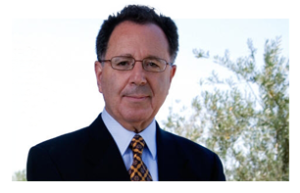When you hear the word “racketeering”, what comes to mind? Odds are that it’s gangster movies and television shows or real-life figures like Al Capone and John Gotti. But what is the crime of racketeering, and how would it cause a person to face federal charges under the RICO Act? Here is a brief summary.
In general, racketeering refers to organized crime activity, which often has been called “rackets.” For example, there was the labor union racket in which organized criminal gangs would bribe union leaders to control their decisions or extort them for money. Other rackets that arose in the early 20th Century included gambling rackets and numbers rackets. The underlying principle is criminal liability for a crime someone did not personally commit but ordered or pressured someone else to do.
The RICO Act
The Racketeer Influenced Corrupt Organizations Act (RICO), the federal law that criminalizes racketeering, lists 35 crimes that can come under the umbrella of racketeering. These crimes include drug trafficking, violent crimes like homicide, extortion, money laundering, securities fraud, illegal gambling and counterfeiting.
To convict an individual under the RICO Act, prosecutors must prove:
- The accused committed at least two acts of racketeering
- The acts must have occurred within a ten-year span
- The acts must be related to a criminal “enterprise”
Initially, RICO was passed to target high-level members of American Mafia families. But anyone allegedly connected to a criminal “enterprise” can potentially face charges. As with any federal criminal charge, the penalties for a conviction can include a long prison sentence and huge fines. The best way to respond to such charges is to retain a criminal defense attorney with extensive experience in federal law.




